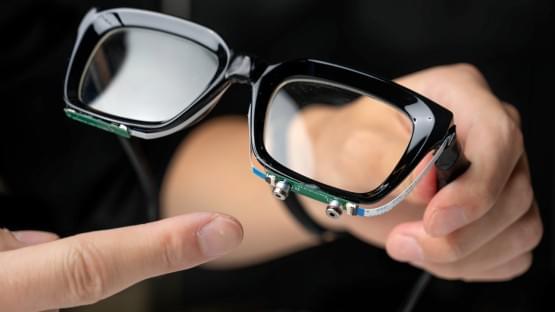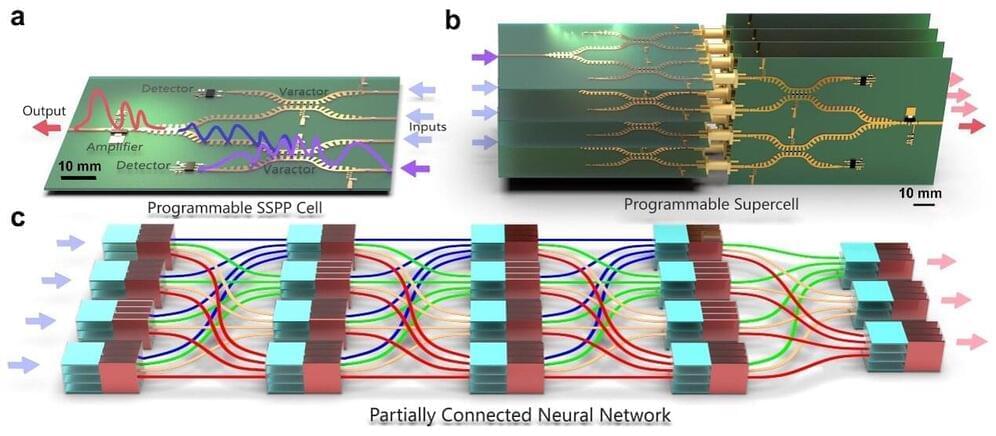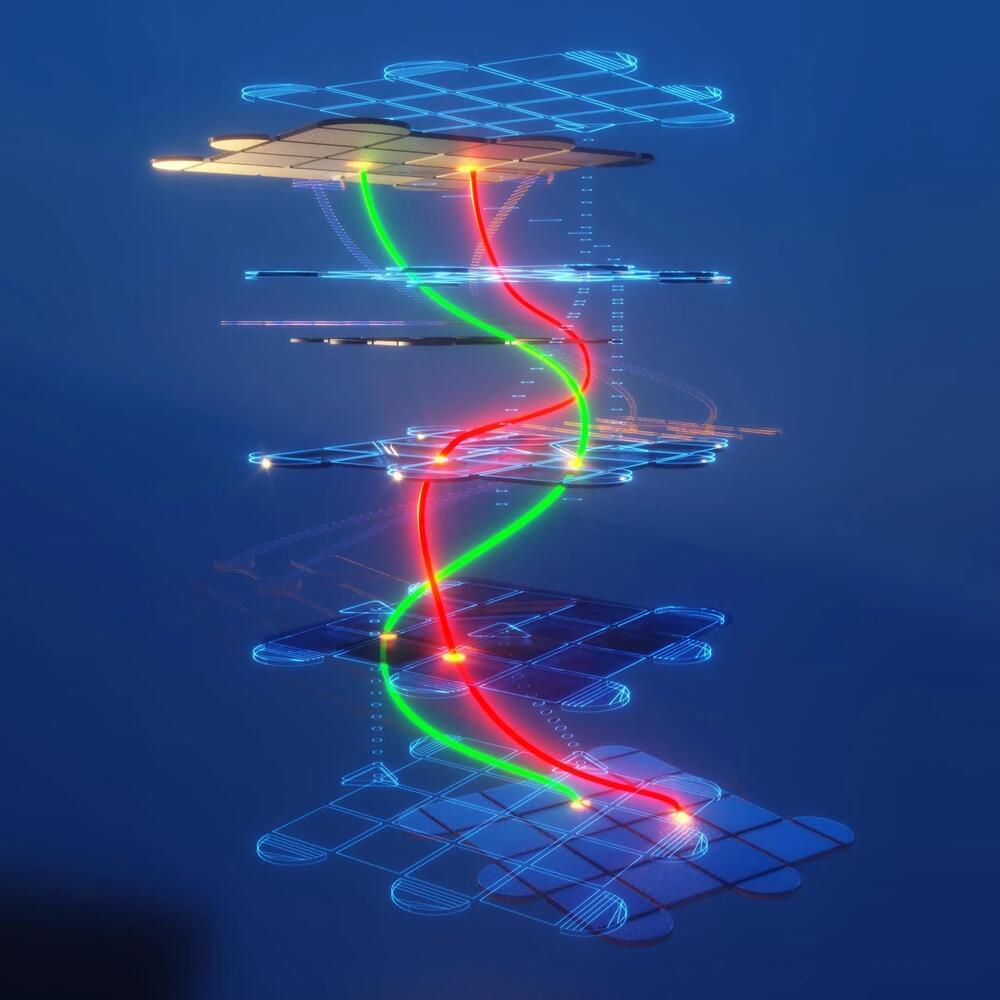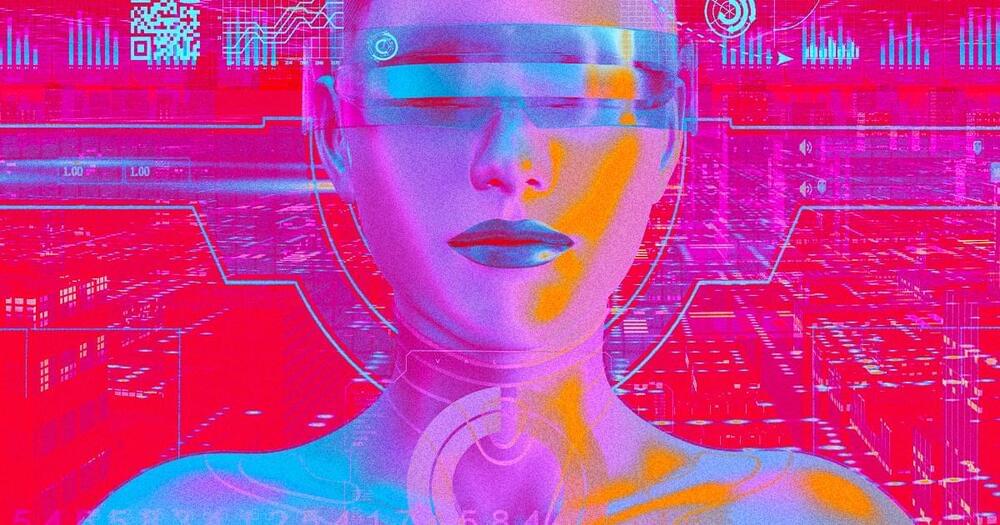The adoption of AI in clinical settings has increased exponentially over the past decade, but AI models still haven’t achieved the level of ubiquity that they could within the sector.
A few years ago, a group of Mayo Clinic researchers recognized this major problem. The health system was producing a huge amount of research on AI in clinical contexts, but it was still having a hard time actually deploying those AI models at scale.
That realization led to the creation of Lucem Health, a platform for clinical AI solution deployment. The North Carolina-based startup, which launched in 2021, closed a $7.7 million Series A funding round last week.




